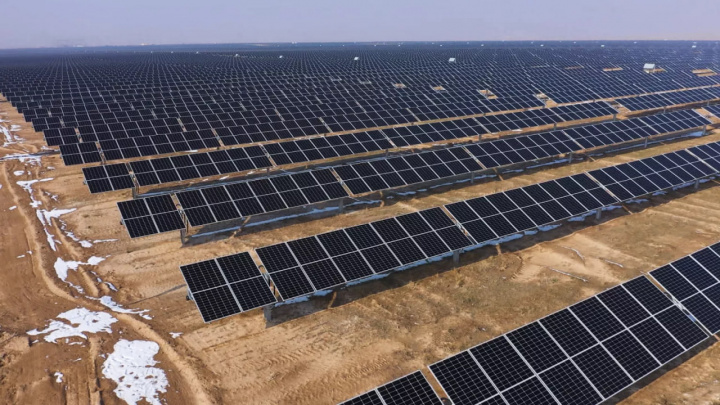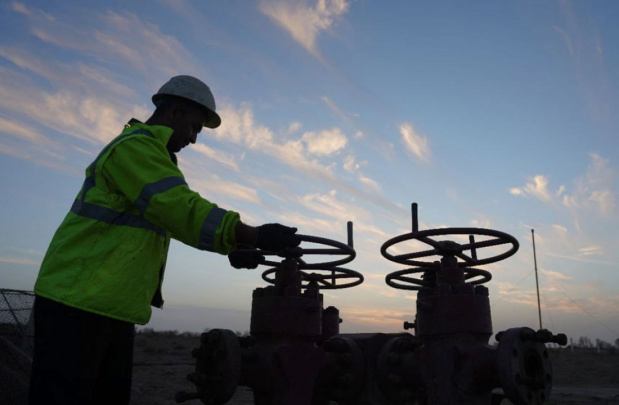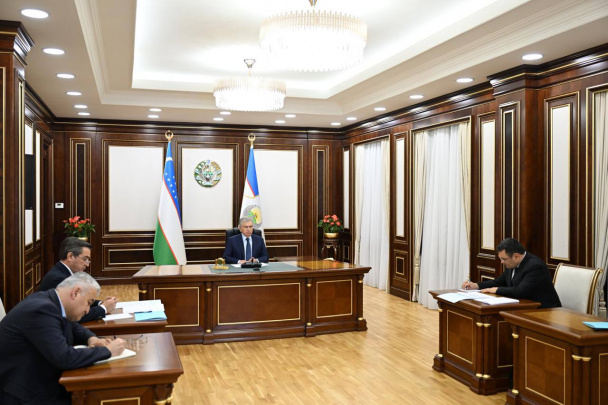Uzbekistan to boost green energy capacity, reducing emissions by 21 million tons annually
The Ministry of Energy of Uzbekistan has announced ambitious plans to enhance the capacity of "green" power stations in the country, aiming to increase output by over 20 gigawatts in the next six years. This initiative is projected to generate 50 billion kilowatt-hours of electricity, leading to significant natural gas savings of nearly 15 billion cubic meters annually.
These announcements were made during a panel session titled "Prospects for the Development of Green Energy" at the International Cooperation Initiatives Week in Tashkent, which featured representatives from the Ministry of Energy, international experts, and foreign investors.
Anthony Brinkhuizen, the regional head of construction for ACWA Power, expressed the company's view of Uzbekistan as a hub for energy exchange in the region. He highlighted that the company is currently working on 15 projects within the country, contributing to the advancement of energy transformation. He stressed the importance of developing renewable energy, hydrogen energy, and hydropower as key components in transitioning to green energy. "We are currently working on a green hydrogen project, which will be a significant step for Uzbekistan towards clean energy," Brinkhuizen noted.
Furthermore, a representative from Masdar, which is developing the largest wind energy project in Central Asia, remarked on the clear targets set for increasing energy capacities by 2030, which boosts investor confidence. Abdulla Zayed, Director of Development & Investment for Asia and Africa at Masdar, stated, "Good changes are happening in renewing the investment infrastructure. We are planning to double the energy capacity being produced in collaboration with your country. Discussions like this play a vital role in strengthening cooperative relations."
According to the Ministry of Energy, over the past six years, Uzbekistan has signed 50 agreements with foreign investors for the construction of thermal, solar, and wind power stations, with a total investment value of $29.234 billion. This initiative aims to establish 50 modern power stations across the country.
Currently, nine solar power stations and one wind power station, with a total capacity of 2.7 gigawatts, are producing "green" energy in seven regions. Plans are also in place to construct and modernize 120,000 kilometers of electricity transmission lines, 105 substations, and more than 35,000 transformers by 2030.
Recommended
List of streets and intersections being repaired in Tashkent published
SOCIETY | 19:12 / 16.05.2024
Uzbekistan's flag flies high on Oceania's tallest volcano
SOCIETY | 17:54 / 15.05.2024
New tariffs to be introduced in Tashkent public transport
SOCIETY | 14:55 / 05.05.2023
Onix and Tracker cars withdrawn from sale
BUSINESS | 10:20 / 05.05.2023
Latest news
-
Green Card lottery results to be announced on May 3
SOCIETY | 18:34 / 02.05.2025
-
Uzbekistan to construct $10 billion gas-chemical complex in Khorezm
POLITICS | 18:24 / 02.05.2025
-
Authorities investigate reports of over 1.1 thousand Uzbeks contracted as mercenaries in Ukraine war
SOCIETY | 18:14 / 02.05.2025
-
Navoiy resident sentenced for making explosives to blast gold mine
SOCIETY | 17:07 / 02.05.2025
Related News

15:00 / 02.05.2025
Uzbekistan sees surge in household solar energy production and earnings

16:55 / 26.04.2025
Uzbekistan boosts fuel and gas production despite oil output decline

12:30 / 19.04.2025
Uzbekistan aims to generate 54% of electricity from renewable sources by 2030

20:14 / 16.04.2025



